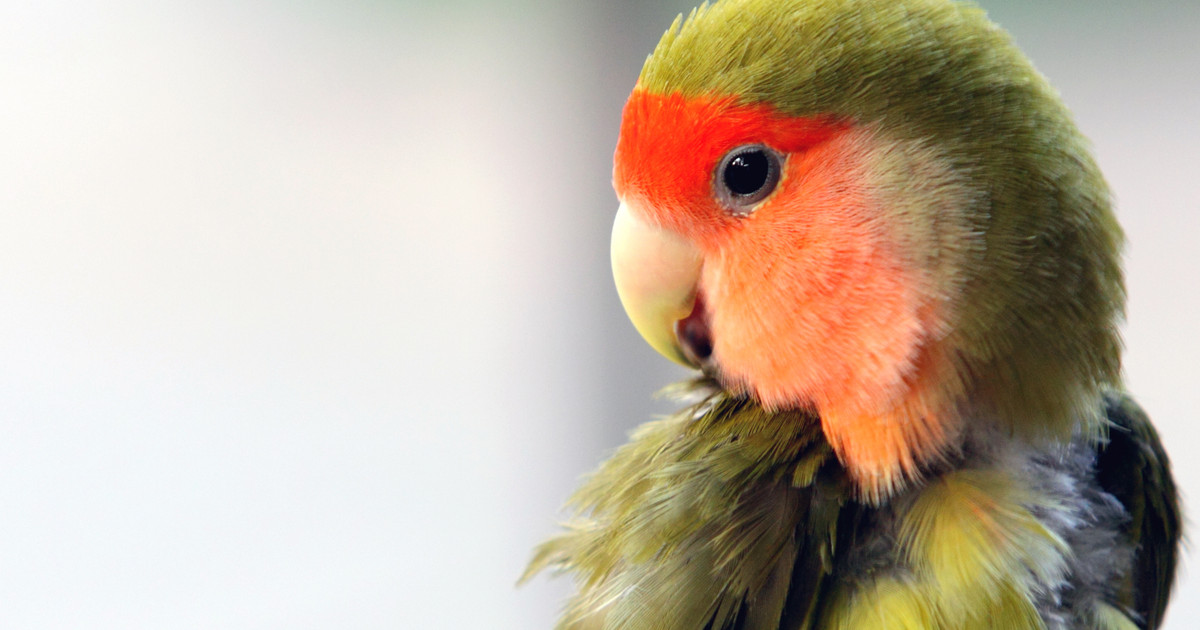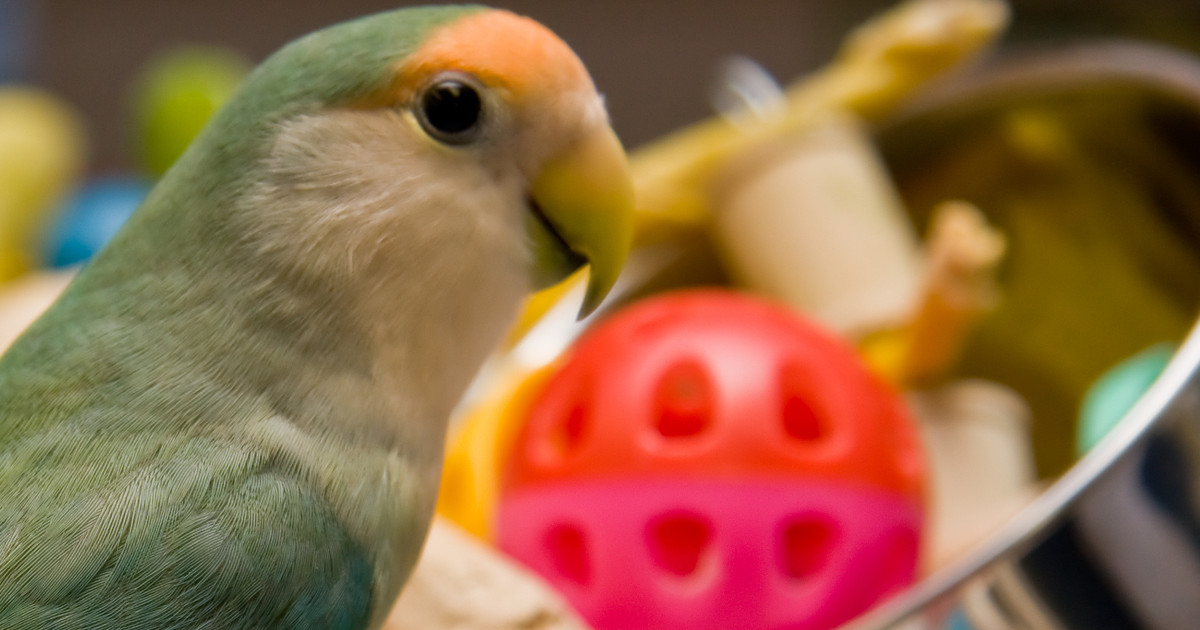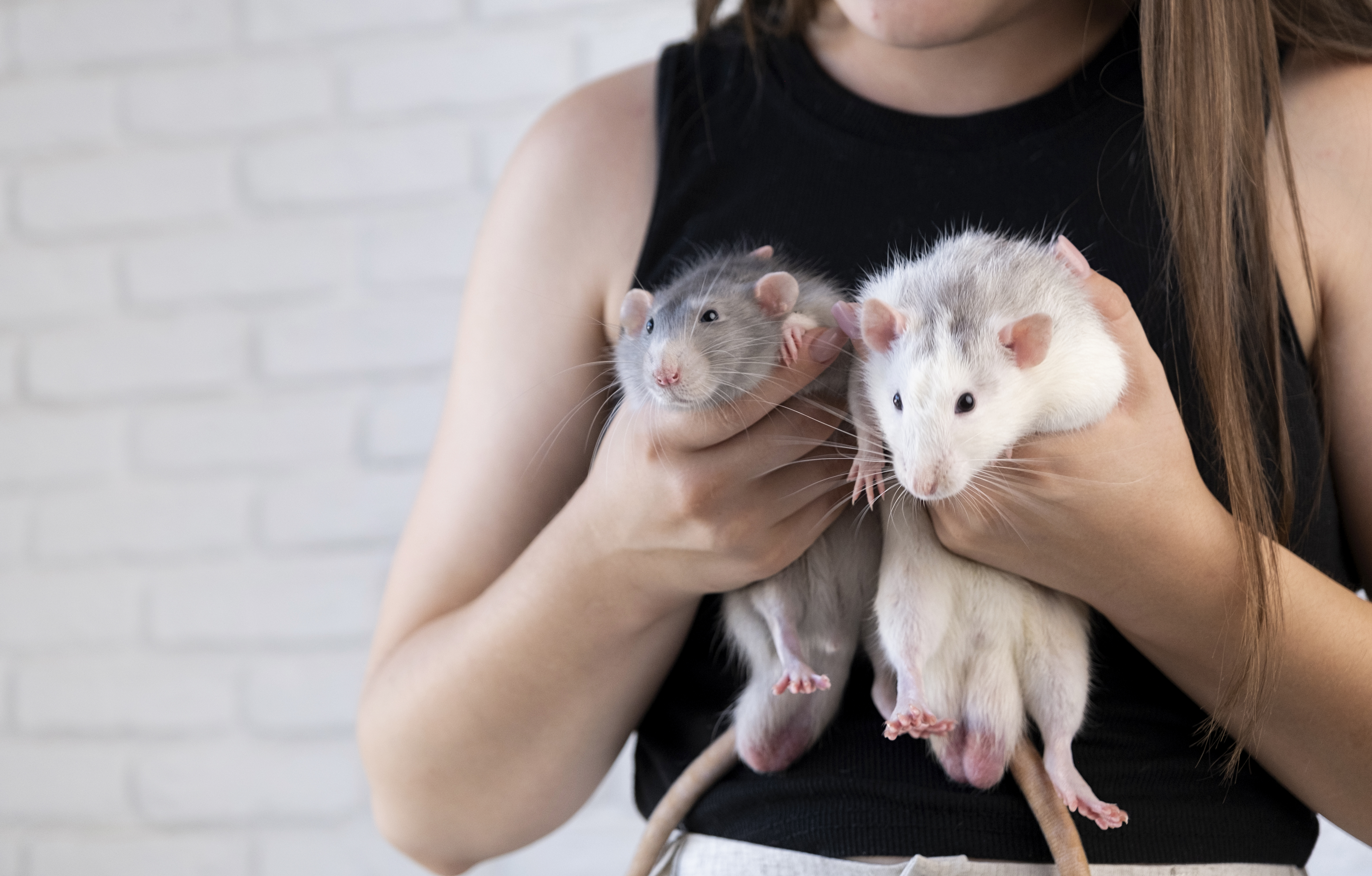What To Know Before Buying A Lovebird
The bright green, orange and yellow feathers of lovebirds are just one part of their unique charm. These birds are curious, active and friendly. They love to play with toys and be able to see and hear all of the activity in a home. Many individuals enjoy having lovebirds as pets because they make very little mess and take up minimal space. If you’re thinking about getting a lovebird, there are some things you should know before buying one. Naturally, you want to make sure a lovebird is the right pet to add to your household.
Get familiar with this information now.
Single Birds Are Easier To Handle

When most individuals think of lovebirds, they envision a pair of them sitting side by side in a cage. Just the name lovebird implies they require another bird to be happy. Two lovebirds will indeed get along and keep each other company. However, if you’re interested in forming a bond with your pet, keep in mind single birds are easier to handle. A single lovebird is going to form a close relationship with you instead of a second bird. It’s much easier to train a bird to sit on your shoulder or eat treats out of your hand when you’ve established a relationship of trust. If you like the idea of walking around with a lovebird on your shoulder and keeping it with you as you work at your desk or take care of other household chores, a single bird is a better option for you than a pair of lovebirds.
Read more about lovebirds before buying one now.
Lovebirds Can Be Very Protective

Lovebirds can be very protective in a variety of situations. After all, loyalty is one of the main characteristics of this bird. If you buy a single lovebird and spend a lot of time petting and handling them, you will earn their trust. Not surprisingly, they're likely to become very protective of you. If they're sitting on your shoulder, they may chirp or flap their wings if a family member or other pet in your household approaches you. Female lovebirds can be very protective of their cage when they reach the age of sexual maturity. Even if they don’t have babies or if there’s not a male lovebird around, they want to protect the territory they live in. So, a female lovebird may flap her wings or nip at you if you approach her cage. You can lessen this behavior by not putting any nesting material inside the cage. Keep in mind that if you bought a pair of lovebirds they would be protective of one another.
Discover additional facts about lovebirds now.
Bird Pairs Can Shun Human Interaction

If you decide to buy two lovebirds, don’t be surprised if one or both of them is hostile toward you. They may move away or flap their wings when you put your hand into the cage. This is because a pair of lovebirds will bond with one another right away. They don’t need your attention because they can keep one another entertained. Bird pairs shun human interaction especially if one is a male and the other is female. A male and female may also mate and have baby lovebirds, which will bring them even closer together. If you’re certain you want two lovebirds, try to find two males. Generally, male lovebirds get along with one another better than females. Two females can squabble with one another especially after reaching the age of sexual maturity. In addition, if you get two lovebirds, be sure to buy them from the same group. Getting one lovebird and adding another one to the cage later can be risky. Oftentimes, your first lovebird won’t accept another one in its cage.
Continue reading to reveal more information everyone should know before buying a lovebird now.
Lovebirds Are Quite Active

Another thing to know before buying a lovebird is they love to play. If you have a single lovebird it’s best to put their cage in an area where there’s a lot of activity. Also, you’ll need to allow your lovebird to spend time outside their cage so they can explore your home. As lovebirds are quite active, it’s important to have several toys in their cage. A small basketball and hoop, bell, ladder, and swing are just a few examples of toys lovebirds enjoy. They like to chew on things, hang upside down, and push items around in their cage. If they don’t have toys to occupy them when they’re inside their cage, lovebirds can become ill. A certain amount of physical activity and attention each day contributes to the health of your lovebird. You can also have fun teaching your lovebird tricks. They can be taught to fetch items, turn around in circles on their perch, and run through tunnels made out toilet paper rolls.
Get more details on lovebirds now.
Lovebirds Rarely Choose to Speak

Though they belong to the parrot family, lovebirds rarely choose to speak. This is just the opposite of large parrots such as African grays and cockatoos, which are known for their ability to say many words and phrases. Lovebirds enjoying communicating using other types of sounds. Your lovebird may whistle, chirp, or make clicking and warbling sounds when they're happy. Sometimes lovebirds will make a high-pitched barking sound when they feel threatened or frightened. If you pay close attention to the sounds your lovebird makes throughout the day, you can figure out what emotions are attached to those sounds. You may even find your lovebird tries to mimic sounds made by wild birds that gather in your yard or around your home. A lovebird that sits silently for long periods may not be feeling well. Generally, these active birds make lots of sounds throughout the day. The only time your lovebird should be silent is after you put a cover over the cage in the early evening when it’s time to go to sleep.







